Introduction: Why Conservation Practices Matter
Conservation practices are not abstract theories. They decide whether tigers live or vanish. From the forests of India to the dramatically shrinking jungles of Sumatra, tiger protection methods have shaped the fate of the species. Some approaches deliver results. Others fail miserably, often by design. What works and what fails is not about chance, but about political will, corruption, and human greed. Structural inaction has been presented as “natural challenges,” when in fact it is deliberate neglect.
To understand conservation practices, we must examine successes, expose failures, and recognize how power, money, and flawed priorities determine the outcome for tigers. This includes law enforcement, land management, science, and even propaganda. Every layer either protects or betrays the tiger.
The question is not whether we know how to save tigers—because we already do. The real question is whether governments, industries, and international bodies will stop pretending and start acting. Until then, conservation practices will remain a battlefield of promises, lies, and occasional breakthroughs.

Sniffer Dogs
Among the most effective yet undervalued conservation practices are wildlife sniffer dogs. Trained dogs can detect tiger skins, bones, and other contraband at borders, railway stations, and markets. They track poachers through forests and locate hidden snares with astonishing accuracy. In India, dog squads have led to dozens of convictions. But across most tiger range countries, their potential is ignored as successful conservation practices.
What works is integrating sniffer dogs into everyday enforcement, funding proper training, and valuing their role as crime-fighters.
What fails is tokenism—parading a dog team at an event while offering no resources afterward.
Corrupt officers often resist dog squads because dogs expose what human officials prefer to ignore. A dog cannot be bribed. This makes them dangerous to the networks profiting from tiger trafficking. If governments were serious, every reserve and border checkpoint would have well-supported canine units. Instead, there are only a handful, leaving the trade wide open. Sniffer dogs prove that sometimes the simplest solutions are the most powerful conservation practices—if leaders dare to use them.

Farmers out of Protected Forests
One of the most contested conservation practices is removing agriculture and livestock use from protected forests. Tigers need undisturbed habitat; ploughing fragments corridors, and—equally damaging—seasonal cattle-grazing pushes conflict deep into core zones. Herders enter with their share of animals, competing with wild ungulates, stripping grass, fouling waterholes, and leaving a moving lure that brings tigers closer to people. When a piece of cattle is taken, retaliation follows: poison baits, wire snares, electrocution lines. Rangers then face mobs, politicians manufacture outrage, and the cycle resets against the tiger.
What works is dignified resettlement for households inside reserves and uncompromising no-grazing enforcement inside core and corridor areas. Buffer-zone solutions exist: fodder banks, stall-feeding, community corrals, rotational grazing outside park limits, and rapid, fair compensation for verified cattle kills. Night corrals with predator-proof fencing reduce losses near boundaries; patrols must push herds back the moment they cross.
What fails is “traditional access” politics—looking away because herders are a vote bank, or pretending a day’s grazing causes no harm. Farmers are not the enemy; abandonment and impunity are. Protected must mean protected—for crops and cattle as well. Keep livestock out, keep corridors open, and the tiger keeps breathing. Anything else is betrayal dressed up as tradition. Policy.
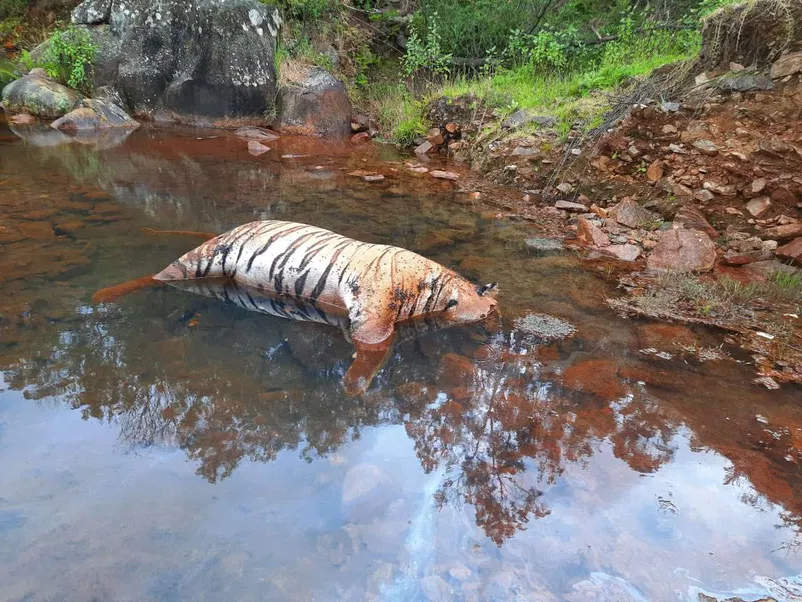
Innovations – Like Satellites
Technology is only as strong as the honesty behind it. Satellites can track deforestation in near-real time, map illegal mining, and even detect new roads cutting through tiger corridors. Dedicated satellites can even zoom in more, eventually discovering poaching, illegal entry in protected reserves et. These innovations, when used sincerely, can be among the most transformative conservation practices.
What works is making satellite data public, accessible, and linked to enforcement.
What fails is secrecy—agencies sitting on information while forests vanish. In many tiger countries, satellite evidence exists but governments deny reality, claiming “no deforestation.” International NGOs sometimes showcase flashy satellite dashboards but stop short of pressuring corrupt authorities. Satellites are tools, not solutions. If their insights remain buried in reports, nothing changes. Used properly, satellites expose the exact companies, plantations, and officials destroying tiger habitats.
That’s why they are feared by industries and ignored by ministries. Innovation alone cannot save tigers. Courage to act on satellite evidence can. Until then, satellites risk being another prop in the theatre of conservation without teeth.
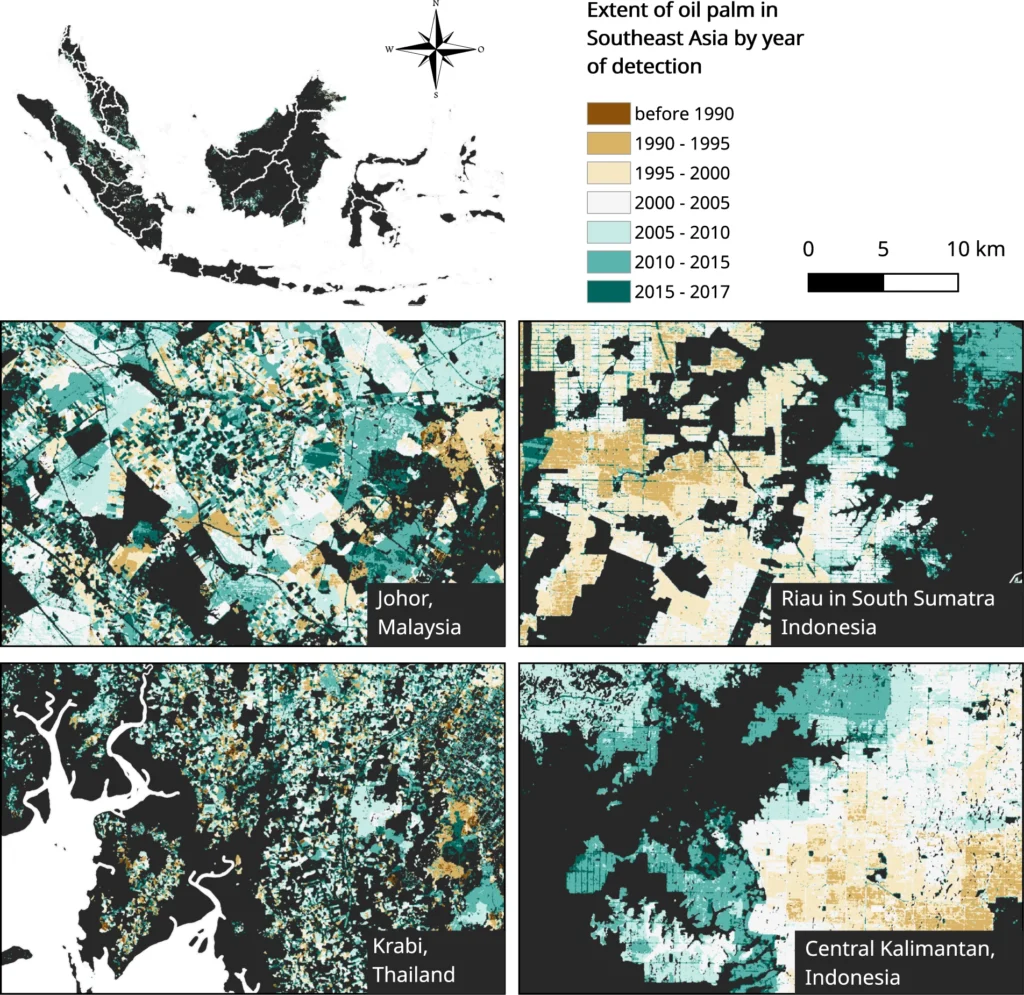
True Eco-Tourism
Tourism is often branded as “eco,” but most so-called eco-tourism is greenwashed exploitation by shrewd business men instead of one of many successful conservation practices. Luxury lodges drain resources, build swimming pools in water-scarce landscapes, and crowd tiger habitats with jeeps chasing sightings. True eco-tourism as a conservation practice looks very different. It limits visitor numbers, ensures local ownership, and channels revenue directly to communities.
What works is transparency—villagers running homestays, guides trained locally, profits reinvested in schools and healthcare.
What fails is when outsiders, often urban elites, capture the tourism market, leaving crumbs for locals while disturbing wildlife. The tiger becomes a product, not a living being. In reserves where true eco-tourism exists, resentment decreases, and coexistence improves. Where fake eco-tourism dominates, tigers are harassed, and communities grow hostile. Tourism can either safeguard or destroy. The difference lies in who controls the narrative: profiteers or the people who share their land with tigers. If it’s the former, eco-tourism is just another lie sold to wealthy visitors.

Interstate and International Crime Databases
One of the blind spots in conservation practices is the failure to build strong crime databases. Tiger traffickers operate across districts, states, and borders, yet law enforcement often works in isolation. A poacher caught in Madhya Pradesh is unknown to officers in Assam. Traders arrested in Nepal resurface in Myanmar.
What works is an integrated, accessible crime database where every arrest, conviction, and smuggling pattern is logged and shared across agencies.
What fails is the current chaos—paper records, local secrecy, and zero follow-up once a case leaves the headlines. Databases are feared by corrupt officials because they expose repeat offenders and show patterns of negligence. Governments claim data-sharing violates “sovereignty,” but in reality, it protects criminal networks. If tiger traffickers can build sophisticated routes across continents, why can’t governments build a joint database? The truth: they don’t want to. Without shared intelligence, enforcement is blindfolded. And the tiger remains the easiest target in organized crime.

Awareness and Media on Corruption, Wildlife Trials in Courts
Awareness campaigns are celebrated in conservation, but most posters and documentaries are shallow distractions. Real awareness should focus on corruption in forestry departments, failed prosecutions, corrupt (federal) state leaders and wildlife trials collapsing in courtrooms.
What works is investigative journalism, public trials, and open scrutiny of officials and judges.
What fails is the endless “Save the Tiger” slogans while the real killers walk free. Conservation practices must include media pressure and legal accountability. Without them, cases drag on for decades, witnesses are silenced, and evidence disappears. Tigers are not just poached in forests. They are also poached in courtrooms by corrupt lawyers and compromised judges. Public awareness must shift from generic wildlife sympathy to targeted outrage against specific failures. Until then, trials remain theatre, and justice is denied.
If conservation is serious, it must place corruption at the center of the story. Otherwise, awareness becomes another form of camouflage for failure.

Corridors
Tigers do not understand political boundaries or reserve maps. They roam widely, requiring corridors to move between habitats. Conservation practices that ignore corridors doom populations to genetic isolation and slow extinction.
What works is protecting and restoring forested strips linking reserves, often through farmland.
What fails is allowing highways, railways, plantations and industrial projects to sever these lifelines. India has recognized the need for corridors, but recognition is not protection—bulldozers still move faster than forest restoration. In Indonesia, palm oil plantations have erased entire corridors, trapping isolated tiger pockets. Corridors are inconvenient for developers, which is why they are often sacrificed. Yet without them, every “protected area” becomes a cage, where inbreeding becomes normal.
Corridors are not optional; they are as critical as the reserves themselves. Failure to act on this truth exposes the deliberate negligence behind so-called conservation. A tiger cut off from its corridor is already half dead.

Trophy Hunting
Some conservation circles, even at ministerial level like in Nepal, still float the idea of “regulated trophy hunting” as a management tool. For tigers, this is obscene. Conservation practices cannot justify killing an endangered predator for sport. Supporters argue that fees fund conservation. In reality, money vanishes into corruption, and above all: hunting normalizes killing.
What works is protecting apex predators, not auctioning them to the wealthy.
What fails is pretending that hunting can be sustainable when populations are already fragile. Trophy hunting promotes a worldview where animals exist for human pleasure. For tigers, it would be a death sentence disguised as policy. Even the suggestion erodes moral ground. Countries that legalized hunting of other species saw only more poaching, not less. Tigers are already targeted by syndicates and angry villagers; legalizing their death would provide cover for traffickers.
Trophy hunting belongs to the dustbin of failed colonial-era fantasies. The fact it still appears in policy debates reveals just how bankrupt some conservation thinking remains.

Role of NGOs
Non-governmental organizations seem to dominate the conservation landscape. Some deliver real results: supporting patrols, funding villages, lobbying for laws. Others operate as brands, thriving on glossy reports and donor money.
What works is NGOs holding governments accountable, exposing failures, and empowering communities.
What fails is NGOs that act as silent partners to corrupt systems, trading truth for access. Many NGOs fear confrontation—they prefer staged photo-ops to naming the officials destroying habitats. Conservation practices suffer when NGOs prioritize funding cycles over field realities. Yet without NGOs, government failures would remain hidden. The role of NGOs is double-edged: they can be watchdogs or window-dressers. For tigers, the difference is life or death. Real NGOs fight power; fake ones serve it.
Donors and the public must learn to distinguish between the two. Otherwise, the conservation movement becomes another marketplace of deception, with tigers as the product sold.

Prey Base Restoration
Tigers cannot survive without prey. Yet many reserves are empty of deer, wild boar, or gaur because humans have overhunted or grazed livestock. Prey base restoration is among the most practical conservation practices.
What works is strict grazing bans, reintroduction of wild prey, and curbing bushmeat hunting. What fails is ignoring prey while celebrating tiger numbers. A tiger without food is a ghost, forced to leave forests and enter villages. Restoring prey is not glamorous; it requires decades of discipline. But where it has been done, tigers recover quickly. In reserves with thriving prey bases, tiger densities soar. The failure to prioritize prey is another sign of deliberate neglect—politicians love to announce tiger counts but never mention deer or boar.
Without prey, every reserve is an empty theater. Tigers cannot eat promises. They eat flesh, and their survival depends on restoring that base.
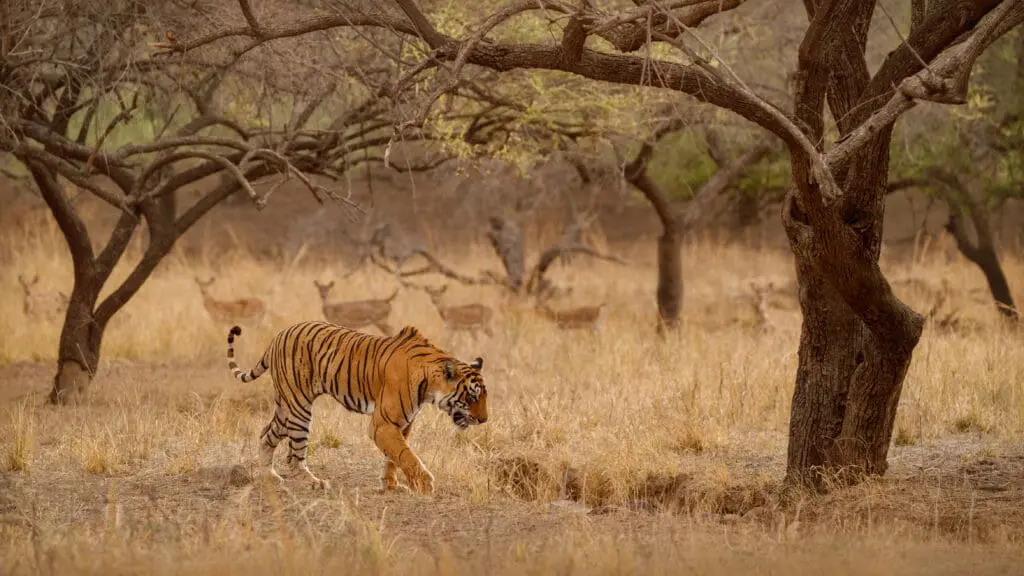
Climate Change Impact
Climate change is often treated as background noise in conservation, but it is already reshaping tiger habitats. Rising sea levels threaten the Sundarbans, where saltwater intrusion erodes mangroves. Floods displace both people and tigers, driving conflict. Droughts fuel forest fires that wipe out corridors in days. Effective conservation practices must address these realities.
What works is fire prevention, mangrove restoration, and climate-resilient planning.
What fails is pretending climate change is a “future threat.” It is present, deadly, and accelerating. Governments that allow industrial expansion into fragile landscapes amplify the crisis. Tigers are apex victims—when ecosystems collapse, they collapse first. Adaptation plans exist, but most remain on paper. In truth, climate change is the ultimate test of sincerity in conservation. No satellite collars or awareness campaigns will matter if the forest itself disappears under rising water. Survival depends on acting now, not after the next disaster.

Anti-Poaching Patrols: On the Ground Reality
Anti-poaching patrols are promoted as frontline conservation practices. Armed teams move through forests to intercept poachers and dismantle snares. Where these patrols are consistent, tigers survive. In areas where patrols are weak or underfunded, tiger populations collapse. India’s better-protected reserves prove that physical presence matters: more eyes, less poaching. But patrols are undermined by corruption—guards paid to look away, officials refusing to prosecute.
What works is continuous, transparent enforcement.
What fails is paper promises without boots in the field. Even worse, (too) many patrols are under-equipped, unarmed, or politically constrained, making them symbolic rather than effective. Tigers cannot afford symbolism. Real patrols are dangerous, grueling, and essential. Until they are prioritized, poachers will always remain one step ahead, and forests will continue to bleed.

Habitat Protection: Empty Words vs. Real Action
The foundation of tiger protection methods is habitat protection. Without large, connected forests, no tiger can thrive. Yet governments sell off forest land for mining, roads, train tracks, dams or palm oil plantations. Conservation practices succeed only when land is locked against exploitation.
What works is strict legal protection and active restoration.
What fails is declaring “protected areas” on paper while bulldozers operate inside. India’s Project Tiger once showed how habitat protection can work. Indonesia’s ongoing palm oil destruction shows how it fails. Habitat protection is not a technical challenge. It is a political battlefield. Tigers are losing. Protected areas must mean something beyond maps and declarations. They must mean enforcement strong enough to resist corporations and ministers. Anything less is fraud dressed as conservation.
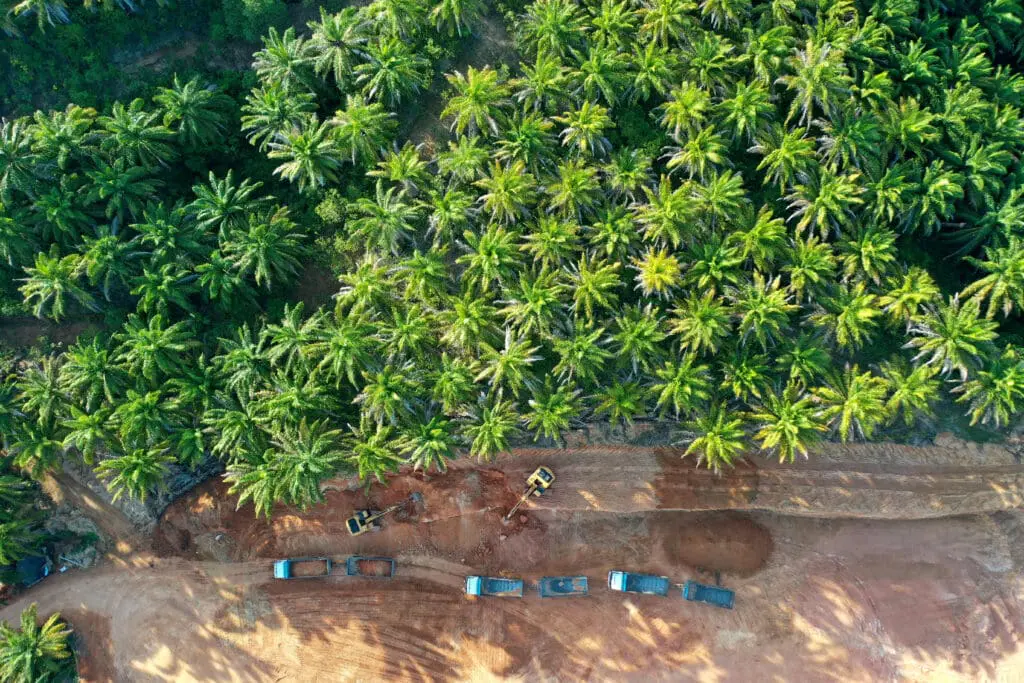
Community Engagement: Promise and Betrayal
Conservation practices often highlight community engagement. The idea is simple: local people, if supported, can protect tigers. Where implemented honestly, this works—villages sharing tourism revenue, families receiving compensation for livestock lost to tigers, alternative livelihoods reducing dependence on forests. But in many cases, “community engagement” is a slogan used to secure international funding. Promised benefits never arrive, shrewd real estate owners own the tourist accommodations, city people take the jobs, resentment grows, and locals turn hostile.
What works is fair revenue-sharing, real empowerment, and accountability.
What fails is exploitation of local communities while conservation groups pocket donations. Community engagement can protect tigers, but betrayal fuels retaliation. Trust is fragile; once broken, coexistence turns into conflict. Conservation without sincerity only breeds enemies.
Technology in Conservation: Tools or Toys?
Technology is sold as a miracle solution in conservation practices. Drones, camera traps, satellite collars, and AI-powered databases all claim to protect tigers. Some of this works—camera traps provide evidence, drones spot poachers, GPS collars track movement. But technology cannot replace political will.
What works is integrating tools into real enforcement.
What fails is showing gadgets to the media while forests are cleared behind the cameras. Many projects collapse once the pilot funding ends. Tigers do not need flashy toys. They need tools that stay in place, backed by honest governance. Anything less is a gimmick. Without political will, even the most advanced AI becomes a footnote in conservation failure. Technology is not the savior. It is only as strong as the people willing to use it honestly.
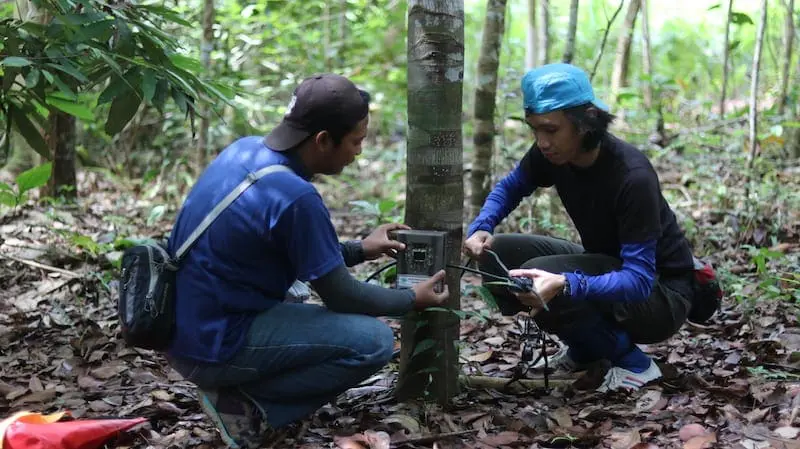
Relocation and Translocation: Playing God with Tigers
Relocation of tigers has been one of the most controversial conservation practices. Moving tigers from one reserve to another is celebrated as innovation. Sometimes it works—empty habitats can be repopulated, genetic diversity improved. But often it fails, because tigers are not chess pieces. Moved animals may die in conflict, fail to breed, or return to their original territory.
What works is careful science, monitoring, and genuine ecological planning.
What fails is political showmanship—leaders transferring tigers to claim success, while ignoring the destruction of existing habitats. Tigers are not props. They demand respect, not manipulation. Every relocation project must answer one question: is it for the tiger, or for the politician’s or NGO’s press release? Too often, it is the latter.
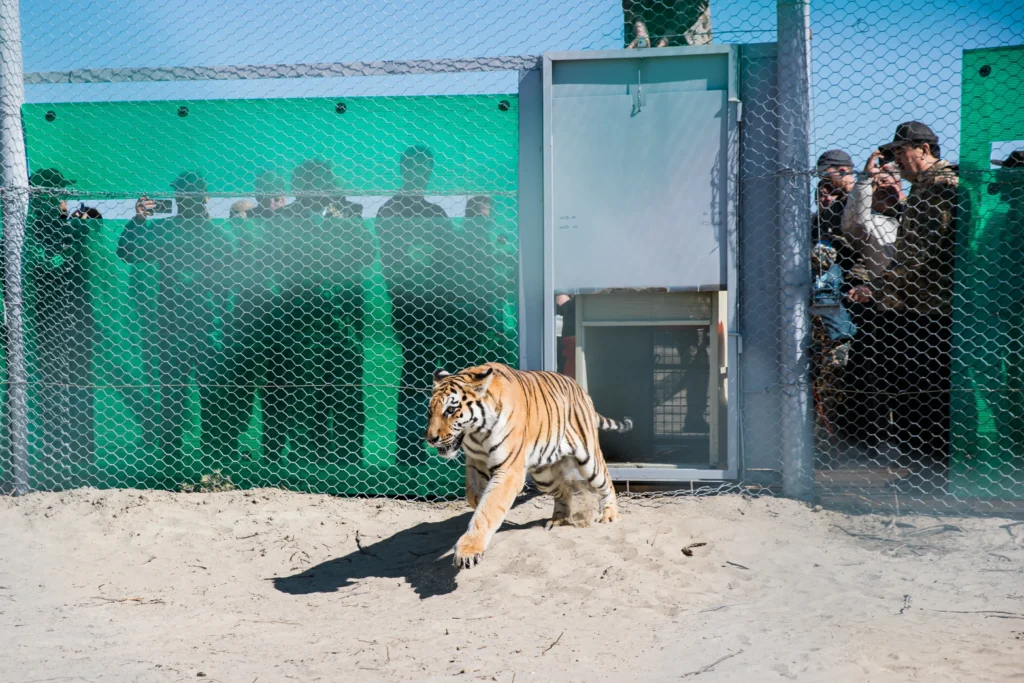
Compensation and Conflict Management: Numbers and Lies
When tigers kill livestock, some governments announce compensation schemes. In theory, these conservation practices reduce retaliatory killings. But in reality, payments are delayed, reduced, or denied altogether. Families in remote villages wait years for promised money. Frustration grows, traps are set, and tigers die.
What works is fast, fair, transparent compensation that values both lives and livelihoods.
What fails is red tape, corruption, and underfunding. Conflict management is not about fancy policies. It is about trust. Break that trust, and conservation collapses. In the end, coexistence requires governments to honor their promises. So far, too many have failed. When a cow’s life is ignored, a tiger’s life is lost next. Promises without delivery fuel retaliation, and retaliation kills.
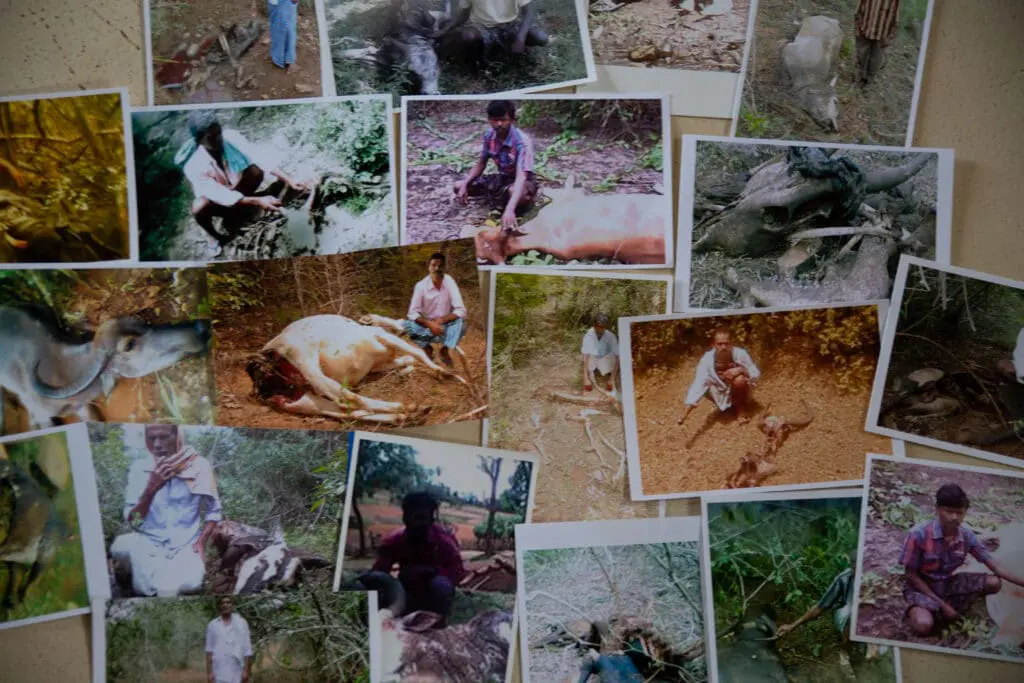
Captive Breeding: The Great Lie
Captive breeding is paraded as a conservation practice, especially by zoos. The claim: cubs born in captivity will “save” the species. This is a lie, maybe the biggest lie ever in conservation. Captive-bred tigers cannot be released into the wild. They live as exhibits, entertainment for paying crowds, genetic hybrids with no place in ecosystems.
What works is protecting wild populations.
What fails is wasting time, energy and focus on breeding programs that only fuel the billion US dollar zoo industry. Worse, captive breeding often masks trafficking: tiger parts, cub petting, and fraudulent “rescues.” Tigers in cages are victims, not saviors. Conservation practices must expose this fraud, not legitimize it. Every dollar wasted on a zoo breeding program is a dollar stolen from real conservation. The tiger’s future is in the forest, not in a cage.
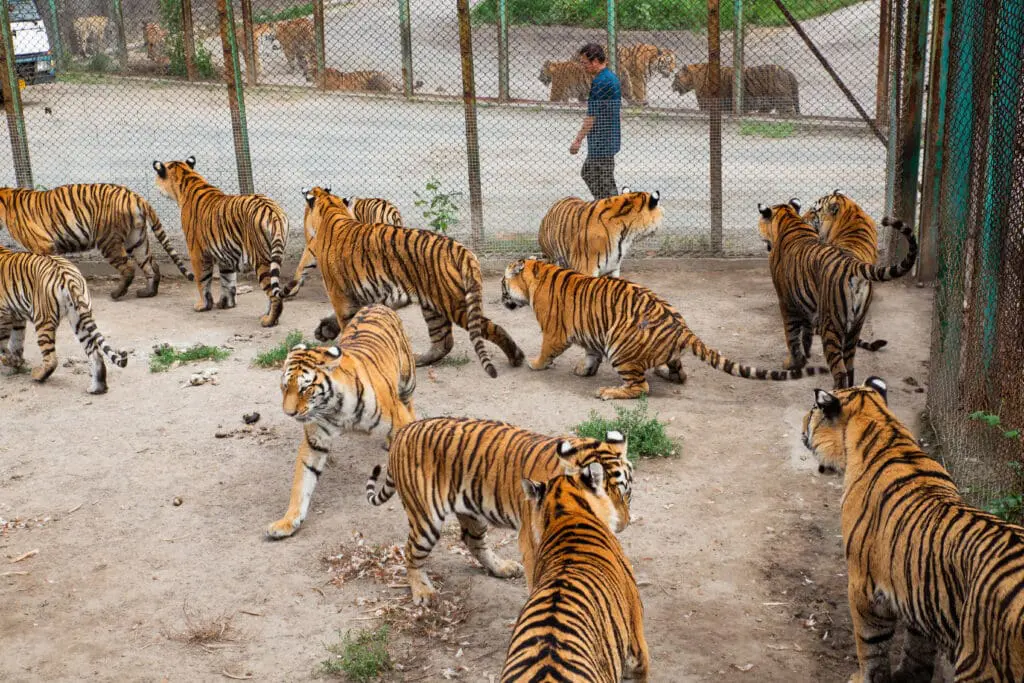
International Cooperation: Treaties without Teeth
Tigers cross borders, but conservation practices often stop at national boundaries. Treaties like CITES promise to regulate tiger trade. Global forums issue declarations. But enforcement is weak, and trafficking continues.
What works is cross-border intelligence-sharing, coordinated patrols, and joint funding.
What fails is endless conferences, photo-ops, and hollow commitments. International cooperation is not about speeches. It is about breaking smuggling networks and shutting down demand. Until governments act beyond words, poachers and traders will always stay one step ahead. Traffickers adapt quickly, moving goods through porous borders while states squabble over paperwork. Tigers need states to act as partners, not competitors. The truth is, treaties without teeth are political theater, like we have seen with the Global Tiger Initiative.
Only when cooperation means real joint enforcement will it matter. Until then, every international meeting that ends with applause but no prosecutions is another nail in the tiger’s coffin. Conservation practices that stop at rhetoric are nothing more than camouflage for failure.
Measuring Success: Numbers vs. Reality
Governments love to announce rising tiger numbers. Conservation practices are presented as victories, with headlines celebrating “record populations.” But what do these numbers mean? Counting methods are manipulated, inflated, or selective. In some reserves, tigers are double-counted across overlapping territories.
What works is independent monitoring, transparency, and honesty.
What fails is propaganda designed to secure votes and funding. Conservation cannot be measured by slogans. It must be measured by secure habitats, thriving prey, and reduced conflict. Tigers are not statistics. They are living beings whose survival cannot be faked. Numbers without accountability are meaningless. Some reserves may have rising counts, but if corridors vanish or poaching increases, those numbers are empty. Conservation success is not a graph on a government slide deck—it is the sound of tigers roaring in secure forests, unseen by tourists and untouched by traffickers. Anything else is self-deception dressed as achievement.

Outro: What Works, What Fails
After decades of experiments, the verdict on conservation practices is clear. We already know waht can be successful.
What works: strong anti-poaching patrols, uncompromising habitat protection, honest community engagement, practical use of technology, sniffer dogs, functioning corridors, and transparent conflict management.
What fails: corruption, political showmanship, captive breeding, fake compensation schemes, inflated numbers, and toothless treaties.
Tiger protection methods are not rocket science. They are about honesty, enforcement, and respect for the wild. Structural inaction is never accidental—it is deliberate. If governments, industries, and institutions truly prioritized tigers, survival would not be a question. The choice is still ours: continue the failures, or finally commit to what works. Transparency and accountability are the foundation. Without them, every conservation practice is just performance.
Tigers do not need our theater. They need forests, prey, and freedom. If humanity refuses to deliver that, extinction will not be an accident—it will be a choice we made.






